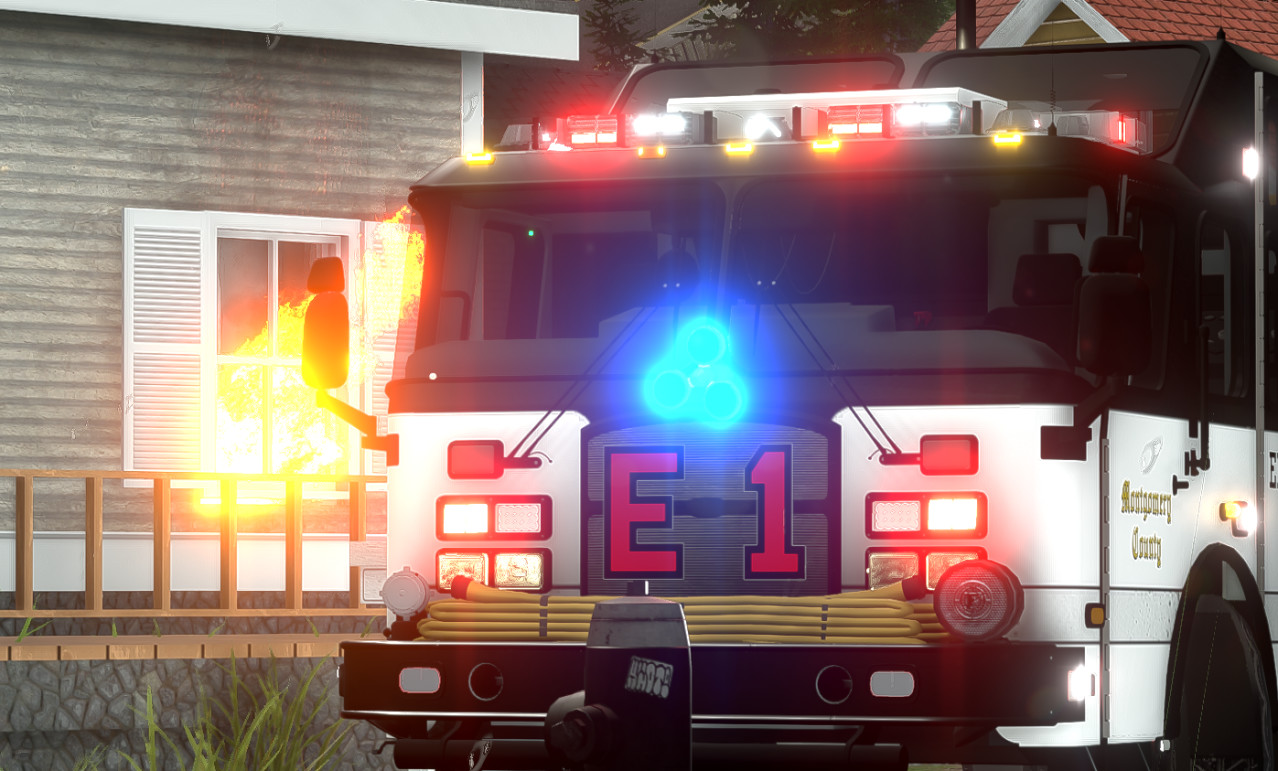

For example, many people from the Semilieu Island survived during the 2004 tsunami in the Indian Ocean because they knew that when an earthquake strikes their island there is a high risk of tsunami and they have to run to higher ground. People who understand natural hazards and risk reduction are likely to survive during disasters. If the construction of hotels is prohibited up to 200 metres from the sea, tourists will be safer if there is a flood or a hurricane.Įducation is also a strategic measure to reduce the negative impact of natural hazards. If we build earthquake resilient houses in areas prone to earthquakes, people will have a much better chance of survival when disasters strike. On many occasions, earthquakes do not kill people, but houses do when they collapse. Many measures can be taken to reduce the impact of natural hazards. UNDRR proposes ways and measures to reduce the impact of disasters triggered by natural hazards. But if people living around the volcanoes are affected and even killed by the volcano eruption, in this case, the volcano eruption becomes a disaster.

For example, if volcanoes erupt in a location where nobody lives, the volcano eruption is just a natural hazard, but not a disaster. Natural hazards, such as floods, earthquakes and volcanoes, do not need to become disasters. Why do we differentiate disasters from natural hazards? UNDRR stands for the UN Office for Disaster Risk Reduction and brings many organizations, governments, universities, institutions and members of the civil society together for a common objective: implement the Sendai Framework for Disaster Risk Reduction, the global plan to reduce disaster losses by 2030. With thanks to the following people for the use of their photographs: Kevin Conners, Michelle Kwajafa, Carlos and Leah.Īnd last but not least Playerthree, in particular Pete Everett and David Streek. Jacques Faye, from the French Ministry of Ecology and sustainable development The Center for Research on the Epidemiology of Disasters,

The United Nations Educational, Scientific and Cultural Organisation, The United States Agency for International Development , The International Federation of Red cross and Red Crescent Societies Rimjhim from Southern Eastern Efforts Developing Sustainable Spaces, India Many organizations, which supported the initiative from the beginning such as:

Terry Jeggle and many other UNDRR colleagues for their constant help, support and useful remarks Melanie Ashby, from the Emergency Management Australiaįor the wildfire scenario and the pilot testing Kong, Director, UNESCO/IOC International Tsunami Information Centre, Honolulu, for the tsunami scenario Scott Kiser, and Dennis Feltgen, National Weather Service, Tropical Cyclone Program Leader for the hurricane scenario Goldammer, from the Global Fire Monitoring Center (GFMC),įire Ecology Research Group, Freiburg University / United Nations University (UNU) Freiburg GERMANY for the wildfire scenario UNDRR secretariat would like to thank particularly:Ĭharles Kelly, Disaster Management Expert for the flood and hurricane scenario. Many experts and organisations participated in the contents and the making of this game.


 0 kommentar(er)
0 kommentar(er)
